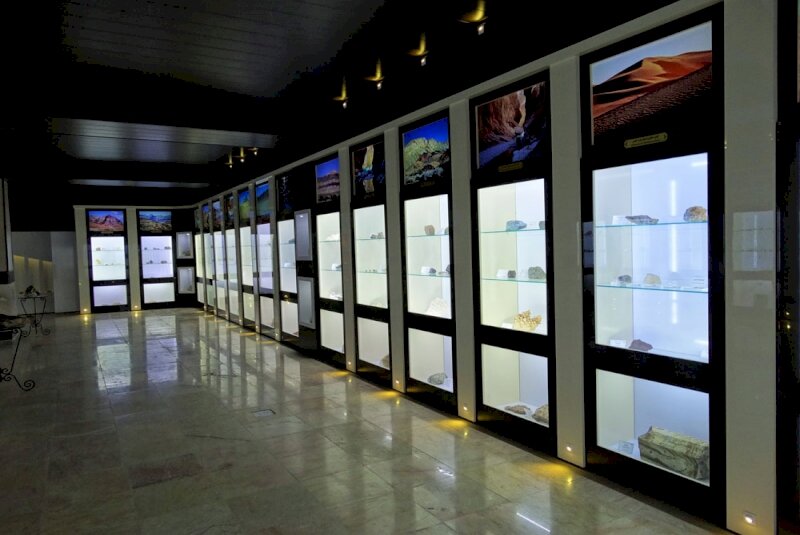200-million-year-old coral reefs transported to Iran museum

TEHRAN – Collections of 200-million-year-old coral reefs and Bivalvia species have been transferred to the geological museum of Tabas Geopark, a local tourism official has announced.
A new fossil site within the geopark has recently revealed corals and Bivalvia species dating back to 205 to 220 million years ago, CHTN quoted Gholam-Hossein Shoeibi as saying on Tuesday.
A team of experts visited the southern areas of the Geopark recently and found these fossils, which are extremely rare and valuable, the official added.
The Tabas Earth Heritage Museum, which houses 600 specimens of various types of rocks, minerals, and fossils, has attracted many people interested in the topic, he noted.
Covering an area of 200 square meters, the museum displays minerals, stones, and fossils from all over the world, he mentioned.
Sprawled in the eastern province of South Khorasan, Tabas Geopark includes some 50 geo-sites, a variety of scenic landscapes, and untouched terrains with the mysterious Kal-e Jeni (canyon of Jinn) located in Azmighan village, amongst them.
Tabas Geopark, which is situated in a vast county of the same name, has enormous potential to be registered as “the biggest” geopark in the West Asia region.
In recent years, Iran has sought UNESCO recognition for the geopark as one of the UNESCO Global Geoparks (UGGp).
A geopark is a unified area that advances the protection and use of geological heritage in a sustainable way and promotes the economic well-being of the people who live there. A UNESCO definition of the global geopark is a unified area with a geological heritage of international significance. Geoparks use that heritage to promote awareness of key issues facing society in the context of our dynamic planet.
Geoparks usually promote awareness of geological hazards, including volcanoes, earthquakes, and tsunamis and many help prepare disaster mitigation strategies with local communities. Geoparks embody records of past climate changes and are indicators of current climate changes as well.
ABU/AFM
